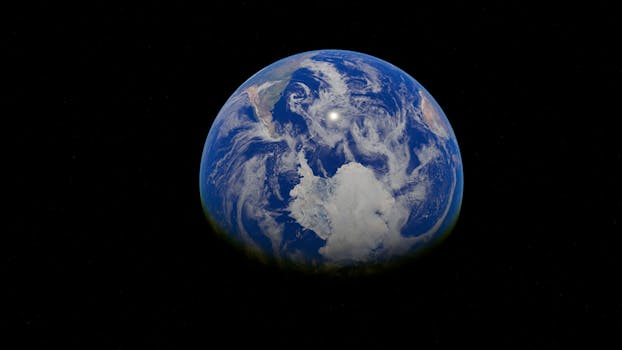
“
From Stardust to Dreams: Imagining Life Beyond the Stars
Introduction to Stardust and Life Beyond Earth
From Stardust to Dreams: Imagining Life Beyond the Stars is a topic that has fascinated humans for centuries. The idea that we are all made of stardust, that the elements that comprise our bodies were formed within the hearts of stars, is a profound and awe-inspiring concept. As we continue to explore the universe and push the boundaries of our knowledge, we are forced to ask the question: are we alone in the universe? Is there life beyond our planet, and if so, what might it look like?
The Role of Stardust in the Formation of Our Universe
The formation of our universe is a complex and still not fully understood process. However, scientists believe that the universe began as a singularity, an infinitely hot and dense point, around 13.8 billion years ago. This singularity expanded rapidly, and as it did, it cooled and particles began to form. These particles eventually coalesced into atoms, primarily hydrogen and helium, which are the lightest elements in the universe.
Over time, these atoms came together to form the first stars and galaxies. These early stars were massive and short-lived, burning through their fuel quickly and exploding as supernovae. It was within these supernovae that the heavier elements, such as carbon, oxygen, and iron, were formed. These elements are the building blocks of life, and they were forged in the hearts of stars through a process known as nucleosynthesis.
The Search for Life Beyond Earth
The search for life beyond Earth is an active and ongoing area of research. Scientists use a variety of methods to search for life, including studying the atmospheres of exoplanets for signs of biological activity, searching for radio signals from advanced civilizations, and studying the surfaces of planets and moons for signs of water and organic molecules.
One of the most promising areas of research is the study of exoplanet atmospheres. By studying the light that passes through an exoplanet’s atmosphere, scientists can determine the presence of gases such as oxygen, methane, and carbon dioxide. These gases can be indicative of biological activity, and scientists are currently using telescopes such as the Kepler space telescope and the upcoming James Webb space telescope to study the atmospheres of thousands of exoplanets. For more on the creative possibilities of exploring these realms, check out Soaring Through the Cosmos: The Power of Imagination Beyond the Stars.
Imagining Life Beyond the Stars
As we continue to explore the universe and push the boundaries of our knowledge, we are forced to imagine what life beyond our planet might look like. Will it be similar to life on Earth, or will it be something entirely new and alien? Will we find intelligent life, or will we find only simple organisms?
These are questions that have fascinated humans for centuries, and they are questions that we may soon have answers to. As we continue to explore the universe and search for life beyond Earth, we are reminded of the infinite possibilities that exist beyond our planet. For a deeper dive into the power of imagination in this context, see Cosmic Creativity: How Imagination Soars Beyond the Constellations.
Takeaways
- We are all made of stardust, and the elements that comprise our bodies were formed within the hearts of stars.
- The formation of our universe is a complex and still not fully understood process, but scientists believe that the universe began as a singularity and expanded rapidly.
- The search for life beyond Earth is an active and ongoing area of research, with scientists using a variety of methods to search for life.
- Studying the atmospheres of exoplanets is a promising area of research, and scientists are currently using telescopes such as the Kepler space telescope and the upcoming James Webb space telescope to study the atmospheres of thousands of exoplanets.
- As we continue to explore the universe and push the boundaries of our knowledge, we are forced to imagine what life beyond our planet might look like.




